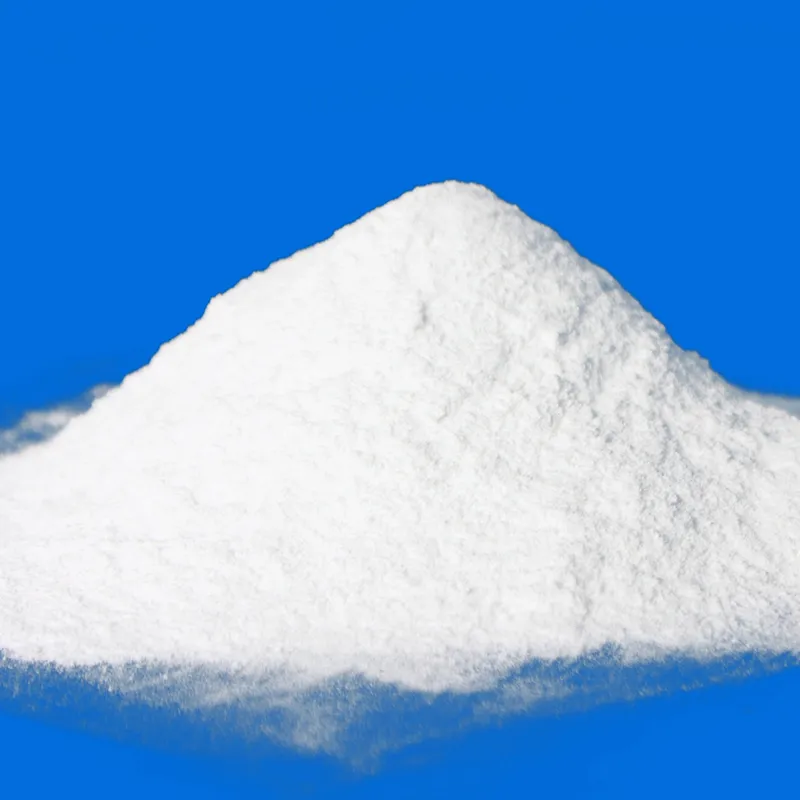
foaming agent in food
The Role of Foaming Agents in Food An Overview
Foaming agents are substances that facilitate the formation and stabilization of foam in various food products. They play a crucial role in enhancing texture, mouthfeel, and visual appeal in a range of culinary creations. Understanding the significance of foaming agents in food science not only aids manufacturers in optimizing product formulations but also informs consumers about the ingredients in their food.
What Are Foaming Agents?
Foaming agents, also known as foam stabilizers or aerating agents, are typically surfactants that reduce the surface tension of liquids, allowing air to be trapped more easily within the liquid. This process results in the formation of bubbles, which combine to create a foam. The stability of this foam is essential, as it influences the texture and creaminess of the final product. Common foaming agents include proteins (such as egg whites and gelatin), emulsifiers (like lecithin), and certain synthetic additives.
Applications in Food Products
Foaming agents have diverse applications across various food categories. In the bakery industry, for instance, they are commonly used in cake batters and meringues. Egg whites are a natural foaming agent that is whipped to incorporate air, which provides leavening and contributes to the light, airy texture of cakes and soufflés. Additionally, in the production of whipped creams, foaming agents aid in creating a stable structure that maintains volume and texture.
In the realm of dairy, foaming agents feature prominently in the production of products such as yogurt and ice cream. For instance, stabilizers that retain air bubbles contribute to a creamier texture in frozen desserts, improving both mouthfeel and overall sensory experience. Furthermore, foaming agents play a crucial role in beverage production, notably in the creation of products like whipped coffee or frothy cappuccinos, where the texture significantly enhances the drinking experience.
Health Considerations and Safety
foaming agent in food

While foaming agents play vital roles in food production, their use is subject to regulations concerning safety and health. Many natural foaming agents, such as egg whites and cream, are generally recognized as safe (GRAS) by regulatory bodies. However, synthetic foaming agents may carry concerns regarding potential side effects or allergies. For example, some individuals may have sensitivities to certain emulsifiers or stabilizers, leading to adverse reactions.
Consumers are increasingly conscious of the ingredients in their food. As the demand for clean labels rises, many food manufacturers are reformulating their products to include natural foaming agents rather than synthetic ones. This shift not only responds to consumer preferences but also aligns with broader trends toward healthier eating practices.
Innovations and Future Trends
Innovation in food technology continues to expand the possibilities for foaming agents. Research into plant-based alternatives, such as aquafaba (the liquid from cooked chickpeas), has gained popularity among vegan and health-conscious consumers. Aquafaba can effectively mimic the properties of egg whites, making it an excellent foaming agent for those avoiding animal products.
Moreover, advances in food science are exploring the potential of molecular gastronomy techniques, where foaming agents are used to create unique textures in culinary creations. Chefs and food scientists are experimenting with new applications, such as foam-infused sauces and desserts, which showcase the versatility of foaming agents in modern cuisine.
Conclusion
Foaming agents are indispensable in the food industry, enhancing the texture, stability, and visual appeal of a wide array of products. From classic meringues and whipped creams to innovative modern applications in molecular gastronomy, these ingredients have significantly shaped our culinary experiences. As consumers become more discerning about the ingredients they consume, the industry is likely to continue evolving, promoting the use of natural, safe foaming agents while embracing innovation. Understanding and appreciating the role of foaming agents in food not only enhances our culinary knowledge but also enriches our dining experiences.
-
Pure Sodium Dichloroisocyanurate Dihydrate | Powerful DisinfectantNewsAug.29,2025
-
Industrial Chemicals: Quality & Purity for Every IndustryNewsAug.28,2025
-
Nitrile Rubber Honoring Strict Production StandardsNewsAug.22,2025
-
Aspartame Ingredients Honoring Food Safety ValuesNewsAug.22,2025
-
Fertilizer for Balanced Plant NutritionNewsAug.22,2025
-
Cyanide Gold Processing with High Purity AdditivesNewsAug.22,2025
-
Formic Acid in Textile Dyeing ApplicationsNewsAug.22,2025
Hebei Tenger Chemical Technology Co., Ltd. focuses on the chemical industry and is committed to the export service of chemical raw materials.
-

view more DiethanolisopropanolamineIn the ever-growing field of chemical solutions, diethanolisopropanolamine (DEIPA) stands out as a versatile and important compound. Due to its unique chemical structure and properties, DEIPA is of interest to various industries including construction, personal care, and agriculture. -

view more TriisopropanolamineTriisopropanolamine (TIPA) alkanol amine substance, is a kind of alcohol amine compound with amino and alcohol hydroxyl, and because of its molecules contains both amino and hydroxyl. -

view more Tetramethyl Thiuram DisulfideTetramethyl thiuram disulfide, also known as TMTD, is a white to light-yellow powder with a distinct sulfur-like odor. It is soluble in organic solvents such as benzene, acetone, and ethyl acetate, making it highly versatile for use in different formulations. TMTD is known for its excellent vulcanization acceleration properties, which makes it a key ingredient in the production of rubber products. Additionally, it acts as an effective fungicide and bactericide, making it valuable in agricultural applications. Its high purity and stability ensure consistent performance, making it a preferred choice for manufacturers across various industries.





